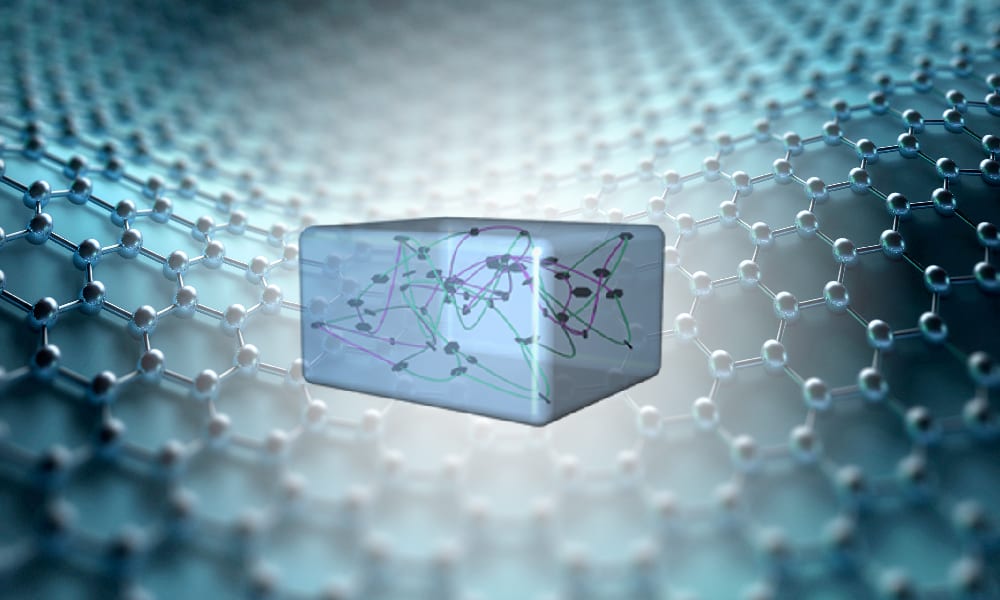Polymer hydrogels are soft three-dimensional reticular materials, which can absorb and store large amounts of water. Their often excellent biocompatibility greatly contributes to their broad application in bioengineering. Hydrogels can not only be applied for biological tissues, drug delivery, and artificial cartilage, but can also be used as sewage treatment materials, sensing actuators and many other applications.
However, the high moisture content, weak mechanical properties and low chemical stability of the hydrogels limit their practical application. Therefore, the improvement of mechanical properties and introduction of other properties into hydrogels has attracted much attention. Because graphene has a large specific surface area, ultra-high conductivity, high thermal conductivity, and good mechanical properties, the introduction of graphene into a polymer hydrogel can improve the mechanical properties and endow them with special properties (e.g., electronic conductivity, self-healing properties).
In their recent review, Liu et.al. report the newest advances in polymer/graphene composite hydrogels. The article summarizes the preparation methods of these hydrogels and elucidates their properties, such as high mechanical strength, self-healing, stimuli-responsiveness, shape memory and adsorption. Finally, limitations on the properties and applications of these promising nanocomposite hydrogels and the future development direction in the field are discussed.

















